LIPOSUCTION
Body Contouring, also known as liposuction, is a term for a set of procedures designed to shape the body following weight loss, removing excess sagging skin and fat, while improving the shape of the underlying support tissue.
Body Contouring procedures include:
Arm lift: Brachioplasty
Breast Lift: Mastopexy
Facelift: Rhytidectomy
Lower Body Lifts: abdominoplasty, buttocks, inner and outer thighs
Who are candidates for this type of surgery?
The ideal candidates to undergo liposuction are all those people who are relatively normal weight but have accumulated fat in localized areas. If the person has good general health, psychological stability, and realistic expectations, they are considered a good candidate. The most important thing to achieve good results is to have firm and elastic skin, since the sagging skin is not redistributed over the new body contour and may require another surgical procedure to remove excess skin). Liposuction is not recommended for people who have had a recent surgery in the area to be treated, people with poor circulation in that area or with heart or respiratory problems

WHAT IS LIPOSUCTION FOR?
With liposuction it is possible to extract the accumulated fat in different areas of the body such as the abdomen, hips, thighs, buttocks, arms, double chin, among others. This serves to shape the body by eliminating fat, which can even be reinjected in other areas of the body (regularly buttocks or breasts) to achieve a more desirable figure.
The main objective of a liposuction is to model the silhouette or figure of the person, however it will never serve as a treatment for weight loss.
WHAT DOES THIS SURGERY CONSIST OF?
During the first consultation, the plastic surgeon will evaluate the general condition of the patient, the existing fat deposits and the tone and firmness of the skin. It is necessary for the patient to state their expectations to obtain greater frankness and for the surgeon to be able to show the available alternatives and more in accordance with their wishes.
Healthy, non-overweight patients with localized excess fat and elastic skin are the best candidates for liposuction. Liposuction is performed in the operating room, within a clinic. This should never be done in a place other than the operating room since it’s the only place that has the appropriate aseptic conditions and equipment for this type of procedure. Regularly the patient is discharged immediately, however in some cases a stay of 2 to 3 days may be necessary.
A liposuction lasts from 1 to 2 hours, but this time can vary (from 30 minutes to several hours) depending on the area and the amount. First a small incision is made, wide enough to be able to insert a hollow tube known as a liposuction cannula. The other end of this cannula is attached to a machine that produces vacuum or a special syringe. The surgeon moves the cannula between the fatty deposits located under the skin, breaking the fat and sucking it out. During liposuction, fluid is lost along with the fat, so it is necessary to replace it immediately to avoid a “shock”.
WHAT TYPE OF ANESTHESIA IS USED?
If the procedure does not require a long time, that is, if the amount of fat to be removed is not excessive, local anesthesia plus sedation can be used. In some cases, epidural anesthesia can be used. If the liposuction will be performed in large areas or several areas, it is more common to use general anesthesia. This is at the discretion of the plastic surgeon who will be in charge of carrying out the procedure.
WHAT IS THE NECESSARY AFTERCARE?
After liposuction , drainage tubes can be placed under the skin for 2 to 3 days to decrease the possibility of fluid build-up. The use of a girdle, stockings or an elastic bandage over the treated area for 2 or 3 weeks to control swelling and bleeding and to help the skin adapt to the new contour is extremely necessary. Antibiotics can also be given to prevent any type of infection. The areas where the procedure was performed will most likely be swollen and bruised, and the patient may have a burning sensation. The surgeon will prescribe medications to relieve pain after surgery. Loss of sensation in the area is totally normal and is not permanent.
Walking as much as possible is very important to avoid the formation of venous thrombi in the legs, however strenuous activities should be avoided for a period of 2 to 4 weeks. The points will be withdrawn between 5 and 10 days. The swelling and bruising will disappear in the first month or two after liposuction; however, minimal swelling can be maintained for 6 or more months.
ARE THERE RISKS?
Liposuction is a safe technique, as long as it is carried out by a professional surgeon and on an ideal candidate. In some cases there may be complications, especially when large amounts of fat are removed. A complication that can occur is the accumulation of fluid and injury to the skin, however if it is carried out by expert hands it is very unlikely that this will happen. Although serious complications are very rare, infection and excessive fluid loss can cause a serious situation, so it is important to avoid them at all costs by choosing a professional surgeon. Risks can be reduced by choosing a qualified plastic surgeon, who performs this technique in a licensed clinic, and carefully following their instructions.
RESULTS
Liposuction is a very effective procedure to provide a new body contour with minimal scars. The results can be permanent as long as you maintain a proper diet and exercise regularly. Liposuction scars are minimal and strategically placed to be hidden, even when wearing a bikini. Most patients who undergo this procedure are quite satisfied with the results.
CONTACT US
GET A FREE CONSULTATION





